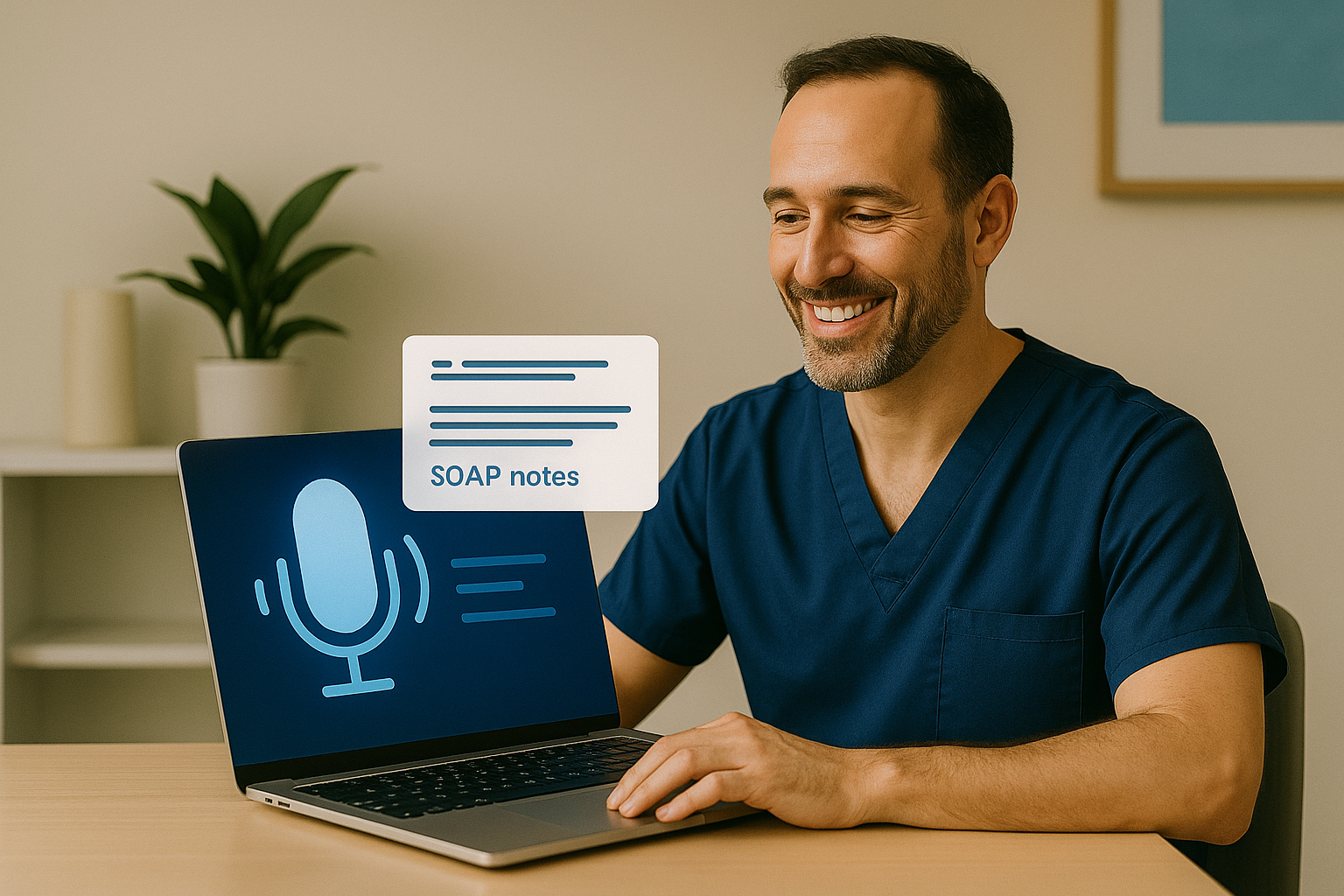Stop Making 200+ Daily Insurance Calls: Complete Automation Guide for Dental Practices
The Hidden Cost of Insurance Phone Calls
Paragraph 1: The average dental practice makes 200+ daily insurance-related phone calls, consuming 6+ hours of staff time and costing $89,000+ annually in labor expenses. These calls interrupt patient care, reduce staff efficiency, and create frustration for both team members and patients. While comprehensive insurance automation can eliminate these calls entirely, these workflow improvements deliver immediate 80%+ reductions using existing systems and optimized processes.
H2: Strategy #1: Batch Insurance Verification System
Paragraph 2: Eliminate random insurance calls throughout the day by creating systematic batch verification periods. This reduces interruptions and allows staff to focus completely on insurance tasks during designated times.
H3: Batch Verification Schedule: Paragraph 3: 9am-10am: Verify appointments scheduled for next business day. 1pm-2pm: Handle insurance inquiries and follow-up calls. 4pm-4:30pm: Complete any remaining verifications and prep next day's list.
H3: Batch Verification Benefits: Paragraph 4: Reduces context switching between insurance calls and patient interaction. Allows staff to develop efficient call rhythms and systems. Minimizes disruption to patient care and appointment flow.
H2: Strategy #2: Pre-Verification Protocol
Paragraph 5: Verify insurance benefits when appointments are scheduled rather than the day before treatment. This prevents last-minute surprises and allows time for alternative arrangements.
H3: Pre-Verification Timeline: Paragraph 6: At scheduling: Collect current insurance information and verify active coverage. One week before: Confirm benefits for planned procedures and estimate patient responsibility. Day before:Final verification for any changes or updates.
H2: Strategy #3: Insurance Information Templates
Paragraph 7: Create standardized forms and scripts for collecting and verifying insurance information efficiently. Templates ensure consistency and reduce call time.
H3: Verification Script Template: Paragraph 8: "This is [Name] from [Practice] calling to verify benefits for [Patient Name], DOB [Date], ID# [Number]. I need to confirm coverage for [specific procedures] scheduled for [date]. Can you provide the deductible, maximum benefit, and coverage percentage for these procedures?"
H3: Information Collection Template: Paragraph 9: Create forms that capture: Insurance company and phone number, patient ID and group numbers, deductible and maximum benefit amounts, coverage percentages by procedure type, and pre-authorization requirements.
H2: Strategy #4: Provider Portal Utilization
Paragraph 10: Maximize use of insurance company online portals to reduce phone calls. Most major carriers offer provider portals for benefit verification and claim status.
H3: Portal Optimization Steps: Paragraph 11: Register for all major insurance company provider portals in your area. Train staff on efficient portal navigation and bookmark commonly used functions. Create portal login spreadsheet for quick access to different carriers.
H3: Portal Capabilities: Paragraph 12: Most portals provide: Real-time benefit verification, claim status tracking, patient eligibility confirmation, and pre-authorization submission capabilities.
H2: Strategy #5: Patient Responsibility Communication
Paragraph 13: Improve patient communication about insurance benefits to reduce misunderstandings and collection issues. Clear communication prevents problems before they occur.
H3: Patient Communication Protocol: Paragraph 14: At scheduling: Explain estimated patient responsibility and payment expectations. Before treatment: Confirm final patient portion and payment arrangements. After treatment:Provide clear explanation of insurance processing timeline.
H3: Patient Responsibility Script: Paragraph 15: "Based on your insurance benefits, your estimated responsibility for this treatment is $[amount]. This is an estimate based on your current benefits, and the final amount may vary slightly once your insurance processes the claim."
H2: Strategy #6: Pre-Authorization Workflow
Paragraph 16: Streamline pre-authorization processes to reduce delays and phone calls. Create systematic approach for procedures requiring prior approval.
H3: Pre-Authorization System: Paragraph 17: Identification: Flag procedures requiring pre-authorization at scheduling. Submission: Submit requests immediately after treatment planning. Follow-up: Track approval status and follow up on delayed responses. Communication: Keep patients informed of approval status.
H2: Strategy #7: Insurance Claim Management
Paragraph 18: Implement efficient claim management to reduce follow-up calls and improve collection timelines. Focus on clean claim submission and systematic follow-up.
H3: Claim Management Protocol: Paragraph 19: Clean submission: Verify all information before submitting claims electronically. Tracking system: Monitor claim status and aging reports weekly. Follow-up schedule: Contact insurers for claims pending longer than 30 days.
H2: Strategy #8: Staff Training and Development
Paragraph 20: Invest in comprehensive insurance training for staff to improve efficiency and reduce frustration. Well-trained staff handle insurance tasks more quickly and effectively.
H3: Training Components: Paragraph 21: Insurance basics: Coverage types, deductibles, and benefit structures. Verification techniques: Efficient phone skills and portal navigation. Documentation standards: Proper record-keeping for insurance interactions. Problem-solving skills: Handling complex insurance situations.
H2: Strategy #9: Technology Integration
Paragraph 22: Utilize existing practice management system features for insurance workflow optimization. Many systems have underutilized insurance management capabilities.
H3: System Optimization Areas: Paragraph 23: Automated reminders: Set up insurance verification alerts and follow-up reminders. Report utilization: Use insurance aging and verification reports effectively. Integration features:Connect with clearinghouses and insurance portals where available.
H2: Strategy #10: Patient Education Initiative
Paragraph 24: Educate patients about their insurance benefits to reduce office inquiries and improve understanding of their responsibilities.
H3: Patient Education Methods: Paragraph 25: Welcome packets: Include insurance benefit explanations and common coverage information. Website resources: Post frequently asked questions about insurance and coverage. Appointment reminders: Include insurance benefit reminders with appointment confirmations.
H2: Measuring Insurance Efficiency Improvements
Paragraph 26: Track key metrics to measure the effectiveness of your insurance workflow improvements. Focus on time savings, accuracy, and patient satisfaction.
H3: Key Performance Indicators: Paragraph 27: Daily insurance call volume: Track number of insurance-related calls per day. Verification accuracy: Measure accuracy of benefit estimates vs. actual coverage. Claim processing time:Monitor time from service to payment receipt. Staff satisfaction: Survey team members on insurance workflow efficiency.
H2: Creating Sustainable Insurance Workflows
Paragraph 28: Develop systems that maintain efficiency improvements over time. Focus on documentation, training updates, and continuous improvement processes.
H2: Advanced Automation Considerations
Paragraph 29: Full insurance automation can eliminate these calls entirely through real-time benefit verification, automated pre-authorization, and intelligent claims processing. However, these process improvements deliver immediate results and prepare your practice for seamless technology integration when you're ready for complete automation.
H3: Free Download: Insurance Efficiency Toolkit Paragraph 30: Download our comprehensive toolkit including verification templates, workflow checklists, training materials, and efficiency tracking tools to implement these strategies and dramatically reduce your daily insurance calls.






